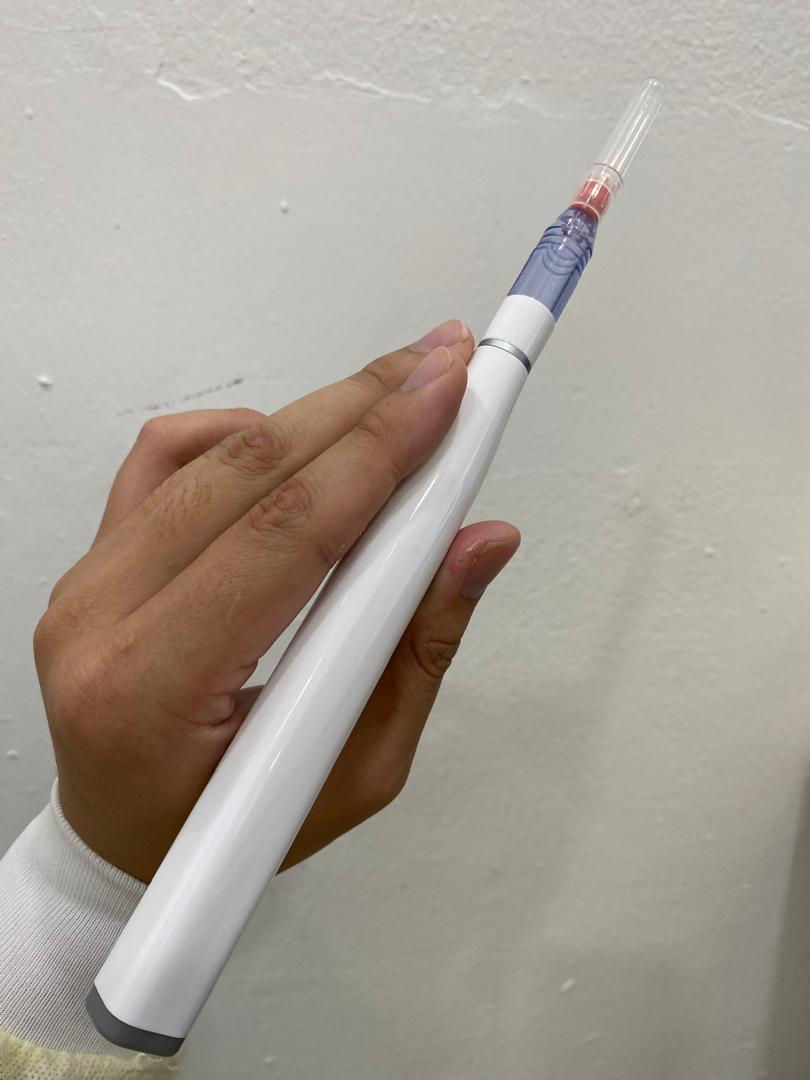High Quality, minimal discomfort Root Canal Treatment in Sungai Petani
- Dr Allisya Aina

- Jul 13
- 4 min read
Updated: Jul 16
When it comes to dental health, few procedures evoke as much anxiety as root canal treatment. However, understanding the process and its benefits can help ease your fears. In Sungai Petani, Paddington Dental is here to ensure that you receive the best care possible. This blog post will guide you through what to expect, the benefits of the procedure, and how to choose the right dental professional for your needs.
Root canal treatment is often necessary when the pulp of a tooth becomes infected or inflamed.

This can happen due to deep decay, repeated dental procedures, or trauma to the tooth. The procedure aims to save the tooth and alleviate pain, allowing you to maintain your natural smile.
What is Root Canal Treatment?
Root canal treatment involves removing the infected or damaged pulp from inside the tooth. The dentist cleans and disinfects the area before sealing it to prevent further infection.

Why is it Necessary?
Ignoring an infected tooth can lead to severe pain, abscesses, and even tooth loss. Root canal treatment is a way to save the tooth and avoid more invasive procedures, such as extraction.
Signs You May Need a Root Canal
Severe Toothache: Persistent pain that doesn’t go away.
Sensitivity: Prolonged sensitivity to hot or cold, even after the source is removed.
Discoloration: A darkening of the tooth can indicate nerve damage.
Swelling: Swelling in the gums near the affected tooth.
If you experience any of these symptoms, it is essential to consult a dentist as soon as possible.
The Root Canal Procedure
Understanding the steps involved in a root canal can help demystify the process. Here’s what you can expect during your appointment:
1. Diagnosis and X-rays
Your dentist will first take X-rays to assess the extent of the infection and determine the best course of action.

2. Anesthesia
To ensure your comfort, the dentist will administer a local anesthetic to numb the area around the affected tooth. In Paddington Dental, we use electronic low pain injectors to minimize discomfort.

3. Tooth Isolation
A rubber dam is placed around the tooth to keep it dry and free from saliva during the procedure.
4. Accessing the Pulp
The dentist will create a small opening in the crown of the tooth to access the pulp chamber.
5. Cleaning and Shaping
Using specialized tools, the dentist will remove the infected pulp and clean the inside of the tooth.

6. Filling the Tooth
After cleaning, the dentist will fill the empty pulp chamber with a biocompatible material called gutta-percha to seal it.
7. Restoration
Finally, the tooth will be sealed with a temporary or permanent filling. In some cases, a crown may be placed on the tooth to restore its function and appearance.

Benefits of Root Canal Treatment
Choosing root canal treatment has several advantages:
Pain Relief: The procedure alleviates the pain caused by infection.
Tooth Preservation: It allows you to keep your natural tooth, which is essential for chewing and maintaining your smile.
Cost-Effective: Saving a tooth is often less expensive than replacing it with an implant or bridge.
Improved Oral Health: Treating the infection helps prevent it from spreading to other teeth.
Aftercare for Root Canal Treatment
After your root canal, proper aftercare is essential for a smooth recovery. Here are some tips to follow:
Follow Instructions: Adhere to any post-treatment instructions provided by your dentist.
Manage Pain: Over-the-counter pain relievers can help manage discomfort.
Avoid Hard Foods: Stick to soft foods for a few days to avoid putting pressure on the treated tooth.
Maintain Oral Hygiene: Continue brushing and flossing, but be gentle around the treated area.
Common Myths About Root Canal Treatment
There are many misconceptions about root canal treatment that can cause unnecessary fear. Let’s debunk some of the most common myths:
Myth 1: Root Canals are Painful
Many people believe that root canal treatment is painful. In reality, the procedure is performed under anesthesia, and most patients report feeling little to no pain during the process.
Myth 2: You Will Lose Your Tooth
Some think that a root canal means losing the tooth. On the contrary, the goal is to save the tooth and restore its function.
Myth 3: Root Canals are Only for Older Adults
Root canals can be necessary at any age. Children and teenagers can also require this treatment if they have infected teeth.
The Importance of Regular Dental Check-ups
Regular dental check-ups are vital for maintaining oral health. They allow your dentist to catch potential issues early, reducing the need for more invasive treatments later on.
What to Expect During a Check-up
Examination: The dentist will examine your teeth and gums for any signs of decay or disease.
X-rays: Periodic X-rays can help identify problems that are not visible during a visual examination.
Cleaning: A professional cleaning removes plaque and tartar buildup, helping to prevent cavities and gum disease.
Final Thoughts on Root Canal Treatment
Root canal treatment is a safe and effective way to save an infected tooth. With expert care available in Paddington, you can approach this procedure with confidence.
By understanding the process, benefits, and aftercare, you can make informed decisions about your dental health. Remember, maintaining regular dental visits is key to preventing issues that may lead to root canal treatment in the first place.
If you are experiencing any symptoms that may require a root canal, do not hesitate to reach out to a qualified dentist. Your smile deserves the best care possible.

Comments